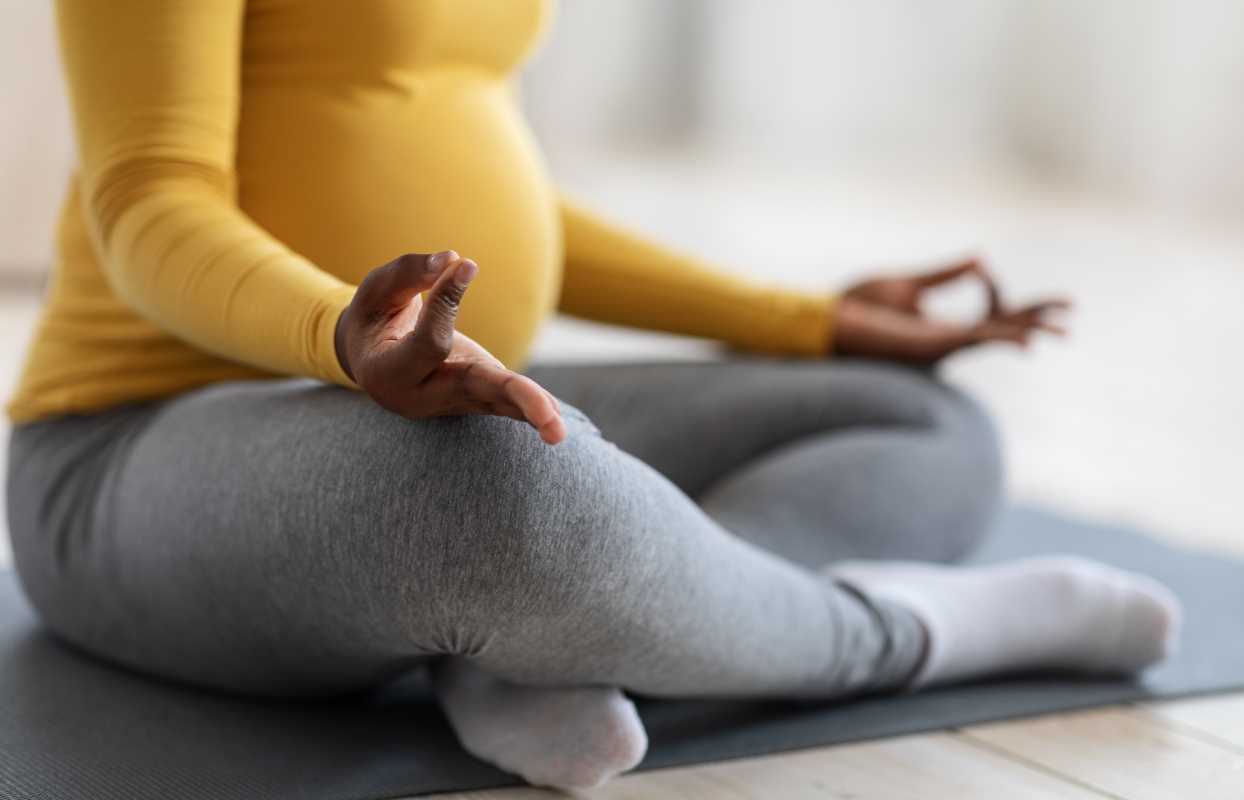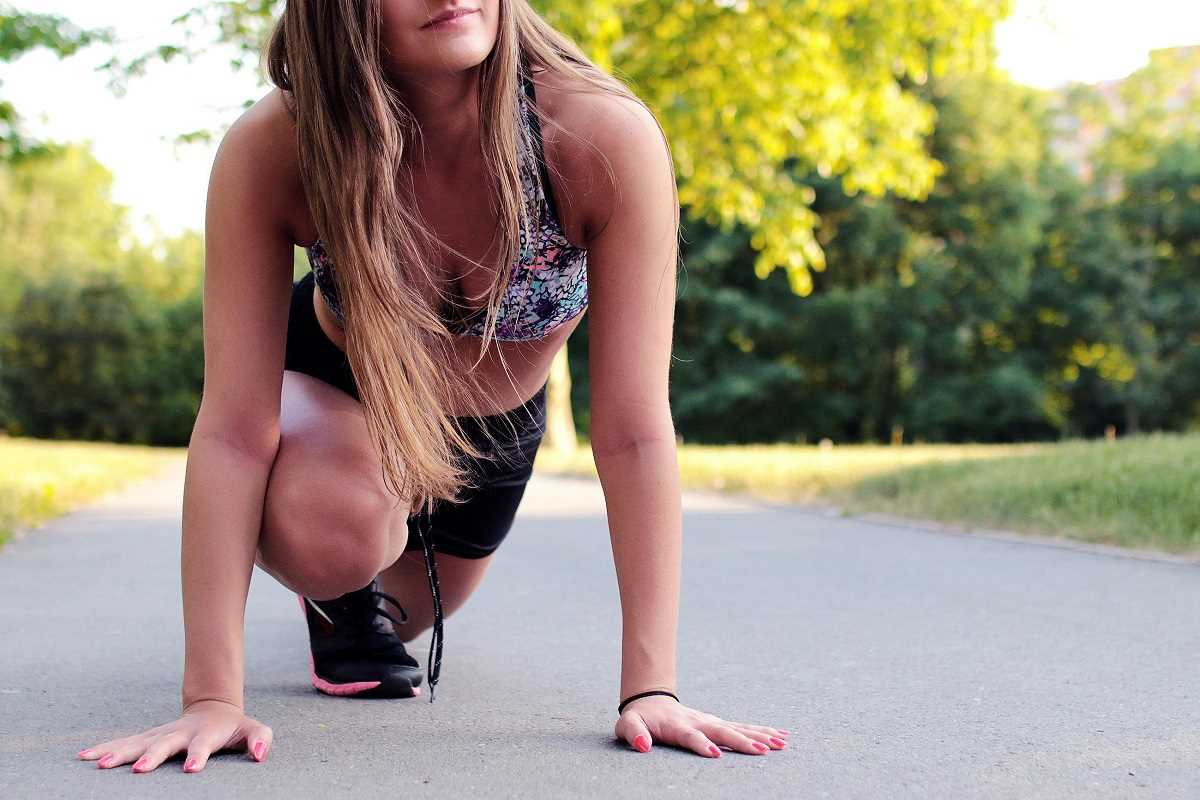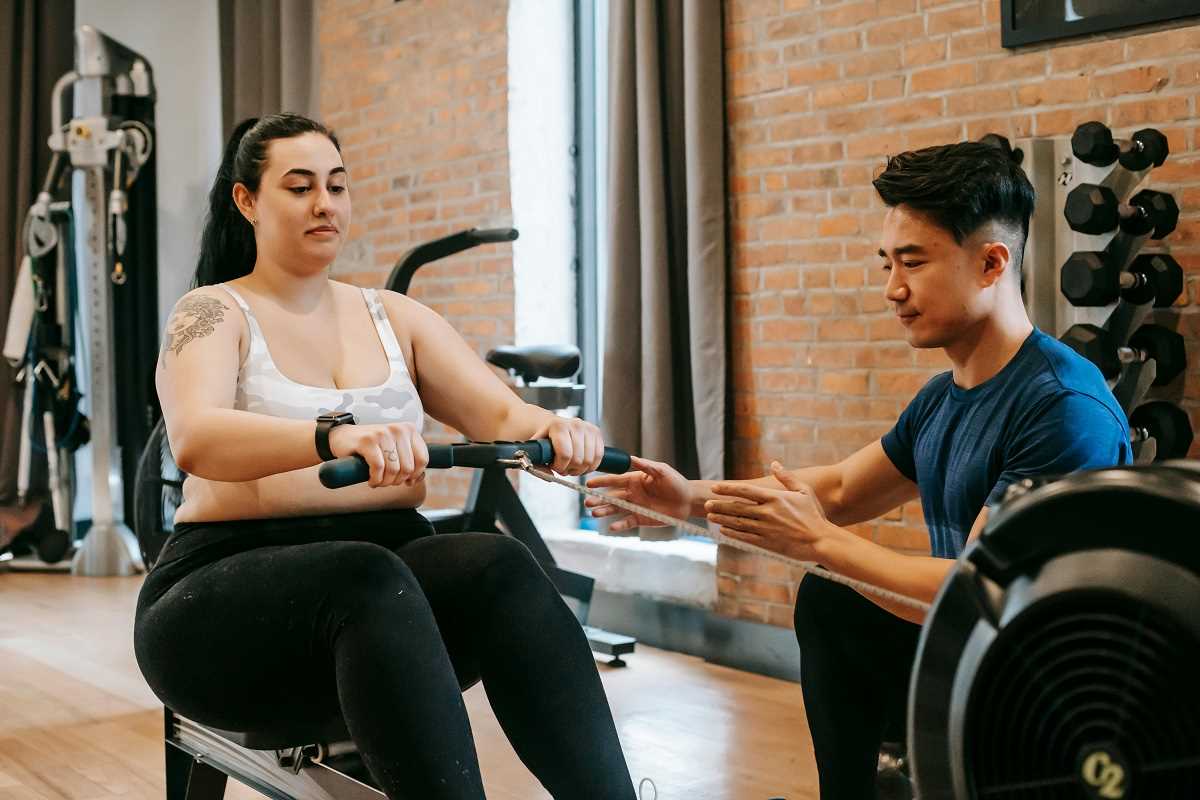For many moms, life after giving birth feels like learning a new rhythm. Your body, which worked so hard to bring your little one into the world, deserves a blend of rest and rejuvenation, but also strength and stability. If you've started exploring yoga as part of your recovery, you’ve already taken a fantastic step. Yoga provides not only a calm connection back to yourself but also helps rebuild muscles and improve flexibility.
But what if I told you there’s more you can do to elevate your yoga practice? Incorporating strength-building concepts into your yoga poses can make your flows more effective, giving you energy, stability, and resilience as you tackle motherhood's endless dance. Here’s how to seamlessly bring strength into your yoga without losing yoga’s signature calm.
Strength and Yoga, a Perfect Match
At first, yoga might seem like purely a stretching practice, centered around poses, breathing techniques, and relaxation. But beneath the serene flow lies the potential to build incredible strength. Yoga is a weight-bearing activity, which means as you hold poses, you’re using muscles to support your body weight. Think of it as strength training without lifting heavy dumbbells.
The trick lies in how you approach each pose. Micro-adjustments, intentional movements, and focus can turn a gentle yoga session into a powerful strength-building workout. Plus, the controlled nature of yoga means you’re less likely to strain yourself, which is especially important for moms recovering from childbirth.
Strength in yoga enhances muscle tone, builds endurance, and can help support areas like your core, shoulders, and hips, which are vital for mobility and stability. And as a bonus, these newfound muscles can make everyday tasks like lifting your baby or carrying groceries a little easier.
Benefits of Building Strength in Yoga
Before we jump into specific practices, it’s important to know why strength-building through yoga is such a great fit for new moms. Strength is about more than toned biceps; it’s about creating a solid foundation for your body to feel functional and strong.
Here are some key benefits for incorporating strength into your yoga practice:
- Postpartum Recovery: Your body experiences immense changes during pregnancy and childbirth. Strength-building yoga helps repair and regenerate the muscles in your core, lower back, and pelvic floor while enhancing overall stamina.
- Improved Posture: Holding your baby for long periods or breastfeeding can put stress on your back and shoulders. Yoga strengthens these areas, helping you maintain a healthier posture.
- Mental Resilience: Strength training isn’t just about the body; it’s about proving to yourself how capable you are. The confidence you gain through physical strength flows into your mental strength.
- Better Mobility and Flexibility: Strong muscles support flexible ones. By combining strength with movement, you unlock a more mobile and dynamic body.
- Less Risk of Injury: Improved muscle tone and strength mean reduced chances of straining an area of weakness when completing daily activities.
Tips to Cultivate Strength in Your Yoga Practice
1. Start with Your Core
The core is your body’s powerhouse, and for moms, it’s the area most impacted during pregnancy. Engaging and strengthening your core during yoga doesn’t just tone this area. It also supports your back, posture, and every other movement you make.
One simple tip? Instead of passively holding poses, actively draw your belly button toward your spine. For example, in poses like Plank or even Downward Dog, pull your core inward and tighten those muscles. You’ll feel the difference immediately.
Modify poses as necessary! After childbirth, certain core movements (like full sit-ups) might feel out of reach. Instead, think about poses like Bird Dog (on all fours, lifting opposite arm and leg) or gentle variations of the Boat Pose.
2. Hold Poses Longer
Challenge your muscles by holding poses a few seconds longer than you normally would. This simple adjustment increases the strength-building benefits of your practice.
For example, in Chair Pose (where you sit back as if lowering into an invisible chair), hold for 10 seconds longer than feels comfortable. Engage your glutes and thighs and notice how much more strength your legs need to remain stable.
Longer holds can be applied to many foundational poses, from Warriors to Tree Pose. The key is engaging the right muscles while breathing steadily to maintain calm and focus.
3. Add Small Movements
Tiny, controlled movements can take yoga from a relaxing stretch to a mini strength circuit. Once you’ve settled into a pose, add small pulses, lifts, or squeezes to challenge your muscles further.
For instance:
- While in Bridge Pose, pulse your hips slightly up and down to activate your glutes and hamstrings.
- During a Plank, lower your knees towards the ground and lift them back up in small, controlled movements.
- In Warrior II, pulse your front knee slightly to increase engagement in your thighs and glutes.
Small, subtle movements keep your muscles active, boosting strength without straining.
4. Focus on Balance and Stability
Balancing poses build strength in a way that feels natural and deeply rooted in your practice. By holding poses that challenge your stability, you engage multiple muscles at once. And as a mom (where balance often feels both physical and metaphorical), this focus can be a game-changer.
Try incorporating poses like Tree Pose, Eagle Pose, or Half Moon Pose into your practice. Don’t worry if you wobble—that’s part of strengthening your stabilizing muscles! The more you practice, the more those muscles grow.
Bonus tip: for extra ease, position yourself near a wall for support as you build strength in balancing poses.
5. Integrate Resistance
Adding light resistance to your yoga practice can enhance strength-building benefits. You don’t need fancy equipment to do this. Use what you have at home, like a resistance band or a small water bottle.
Slip a resistance band around your thighs during poses like Bridge Pose or Chair Pose to activate your glutes. Or, hold small weights (or water bottles) during Warrior Poses to give your arms an added challenge.
Remember to start light and listen to your body. Slow, intentional movement is more powerful than heavy resistance.
6. Listen to Your Body
This may be the most important advice of all. After childbirth, your body may feel different, and that’s totally okay. Progress will take time, and your strength-building yoga practice should be designed with compassion and self-care at its core.
Be gentle with yourself. If a pose feels beyond your reach, modify it. If your body needs rest, honor that. The balance between work and rest is where true growth happens.
Creating a Ritual of Strength and Flow
Building strength through yoga isn’t about rushing to master the toughest poses or outlasting an online instructor. It’s about committing to a ritual that fits your life and serves your needs.
Even 10–15 minutes a day dedicated to engaging your muscles, holding a pose longer, or simply focusing on core engagement can bring significant change over time. Pair your yoga sessions with deep, mindful breaths and gratitude for what your body can do. After all, it just performed one of the most miraculous acts of life!
You’re Stronger Than You Know
Yoga is more than flexibility. It’s about resilience, both inside and out. By incorporating strength concepts into your practice, you’re not just enhancing your physical endurance. You're nurturing a strong, confident, capable foundation for stepping into motherhood.
Whenever you need a little extra guidance, consider connecting with online yoga classes or even joining a class tailored for postpartum moms. These communities can provide encouragement and tips to keep your practice fresh and motivating.
 (Image via
(Image via





